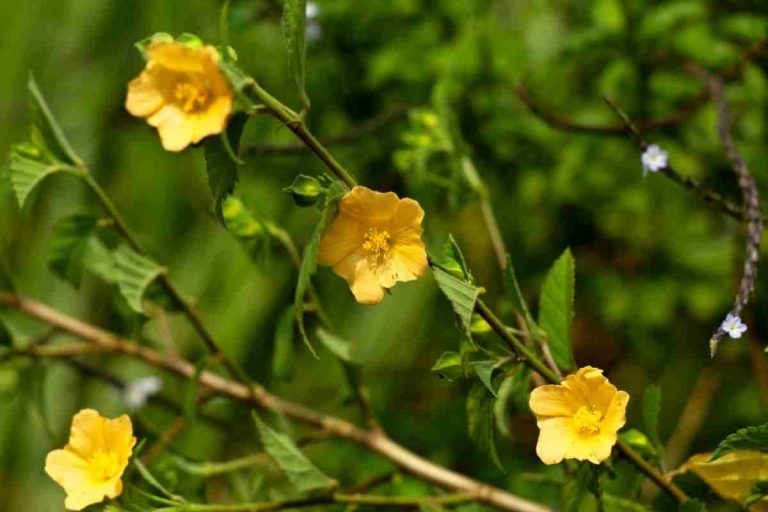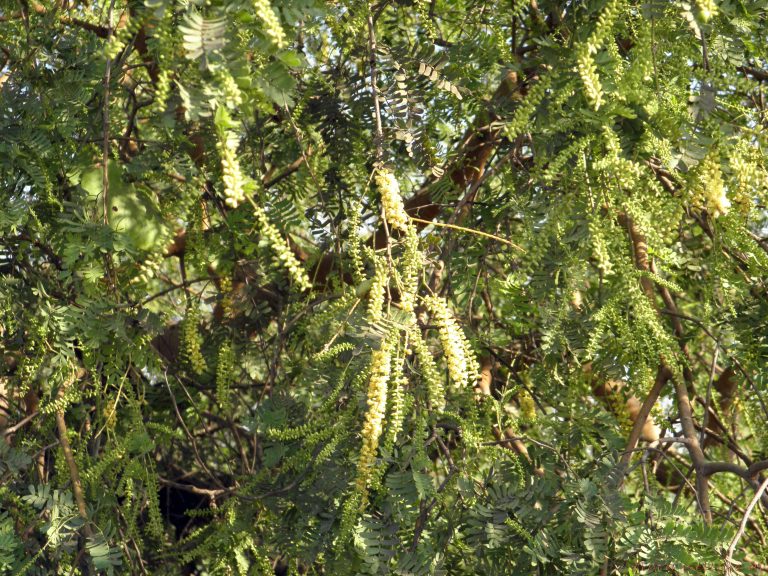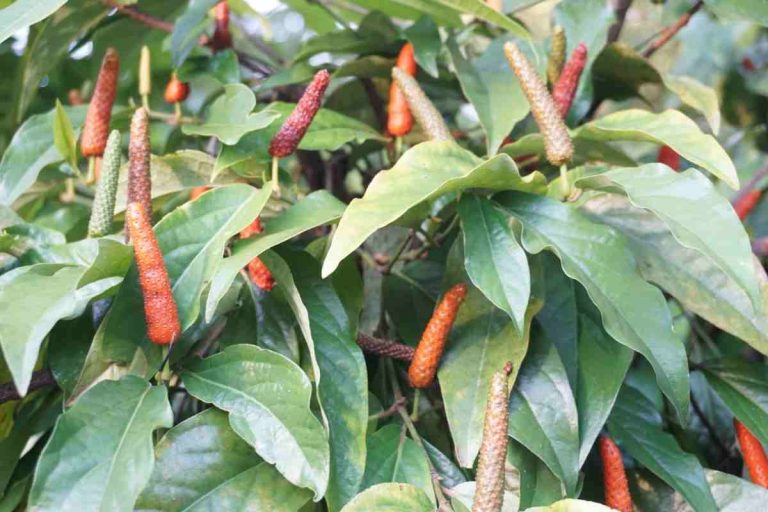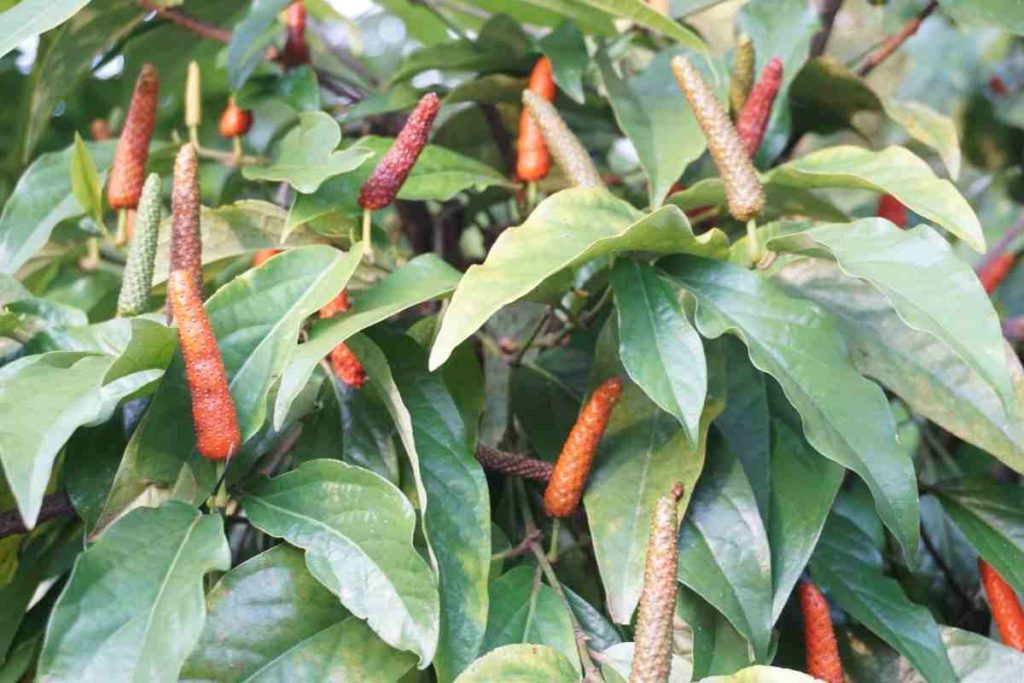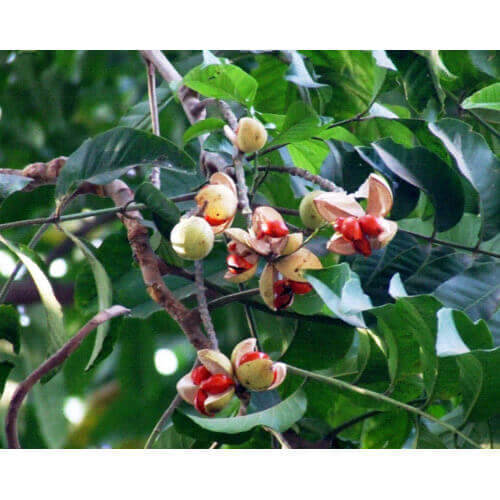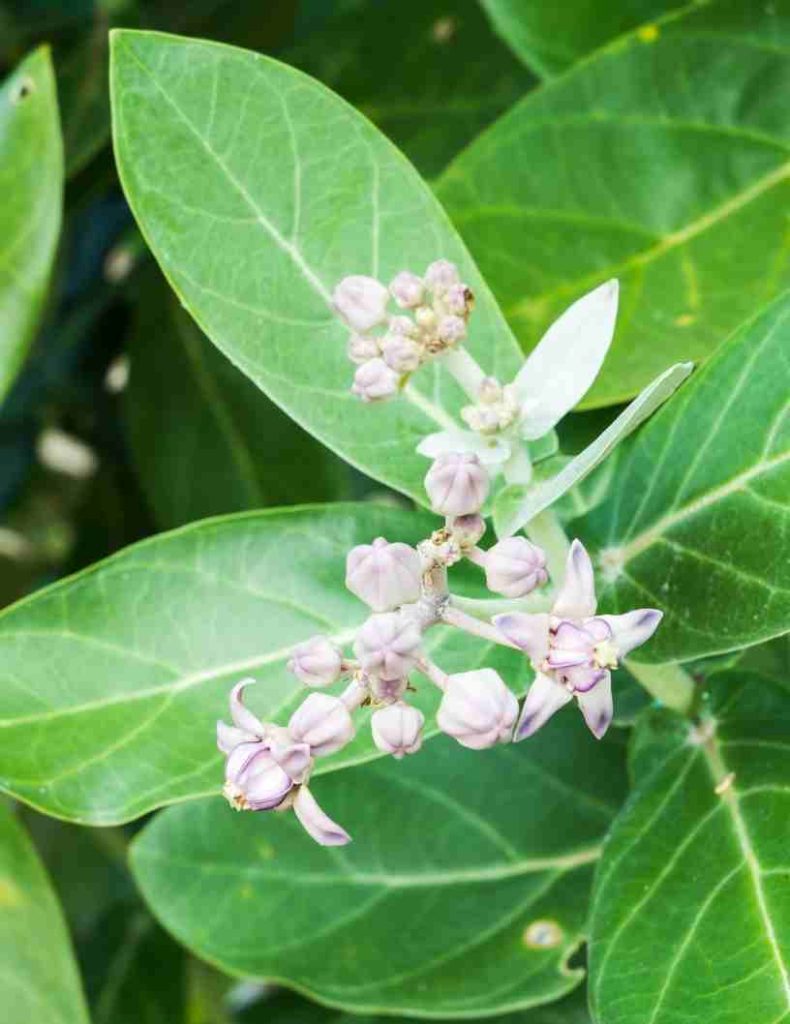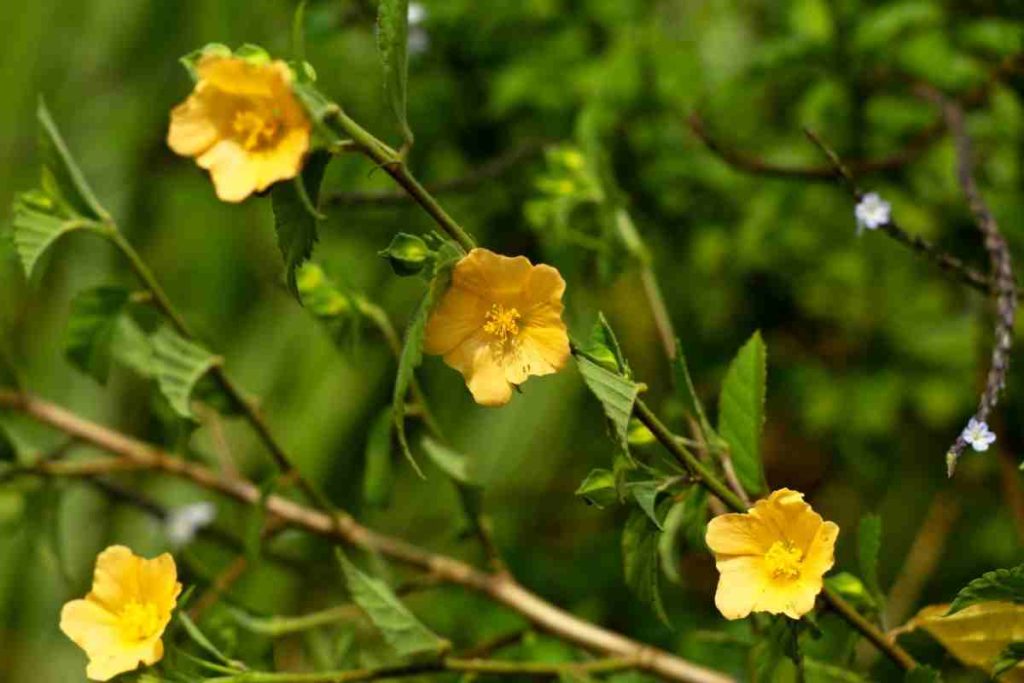
Table of Contents
Bala Ayurveda Herbal Treatment
If you’re interested in trying out the medicinal benefits of Bala Ayurveda plant, read on! We’ll take a look at what the Ayurvedic text says, as well as the morphology of Sida cordifolia. Next, we’ll discuss what Bala Ayurveda plant’s main biochemical constituents are and what its medicinal uses are. In this article, we’ll go over the pharmacological properties of this plant and its dietary uses.
What Ayurveda says about Bala
In Ayurveda, the word “Bala” is used to describe the body’s strength and wellness. Sida Cordifolia properties are known as apoptogenic and immunomodulatory, and it is useful for enhancing immunity and combating flu. Bala has anti-inflammatory, immune-enhancing, and balancing effects, so it can be used for various ailments. Here are some of its benefits:
Ayurveda considers Bala a Sheet Virya herb, meaning it supports the vatta, pitta, and kapha doshas. This herb strengthens the respiratory system and provides nourishment. It also relieves respiratory problems, such as dry coughs and bronchitis. Its antispasmodic action and ability to support the body’s fluid and mucus production are some of its other uses.
It’s also helpful for hemorrhoids, which are caused by excessive strain while passing stool. Since Bala coagulates blood, it is effective for preventing blood loss in feces. It can also be applied directly to the affected area. It can also be blended with water to form a paste. The benefits of this herbal remedy can be felt within days. In addition to treating symptoms of hemorrhoids, it also has an excellent effect on preventing the spread of infections.
One of Bala’s greatest benefits is in fighting fatigue. The word ‘kalama’ refers to an imbalance in the body and balancing the Kaphadosha. Bala, ayurveda’s name for country mallow, has been used to describe this herb for centuries. It has several other names in Indian languages, including Baladaya, Berela, Kharinta, and Tamil. Its antioxidant and anti-inflammatory properties also help protect the liver cells. In addition, Bala has diuretic properties, which make it beneficial for blood pressure control.
The bala plant has been used in Ayurvedic medicine for centuries. This herb is widely available in India and Sri Lanka, and has an extensive history of traditional use. Its leaves are used in various formulations for a variety of ailments, from blood disorders to wound healing. Listed below are some of the medicinal uses of Bala.
Sida cordifolia, known in English as country mallow, is an important herb in Ayurveda. It has many uses for bones, joints, and skin and is considered a tonic herb. It is grown as a weed in tropical regions, and has many beneficial properties. It can also improve moistness in the tissues. It is used to treat piles, fever, and urinary tract problems.
Morphology of Sida cordifolia
The herb Sida cordifolia, or ‘Bala,’ is an undershrub found in India and the Malvaceae family. This plant contains pharmacologically important phytoconstituents, including quinazoline alkaloids and asparagine. The herb is commonly used as a medicine for piles, as well as for boosting the shukra dhatu in men.
Its medicinal properties are rooted in its medicinal properties, and its whole plant contains antihepatotoxic activity. The plant is extracted using ethanol and water. It is used to treat a variety of ailments, including fatigue caused by a hectic schedule. The herb is also effective for a variety of other conditions, including anxiety, stroke, high blood pressure, and memory loss. It is safe for use during lactation and in pregnant women, but you should seek medical advice if you are planning to use it during pregnancy or lactation.
Its antioxidant activity has been attributed to its high content of saponins and polyphenols, two compounds found in the leaves of S. cordifolia. These substances are thought to be effective in reducing the oxidative stress in the heart, which is a major cause of hypertension and stroke. A recent study found that S. cordifolia root extracts have more potent antioxidant activity than the leaves.

